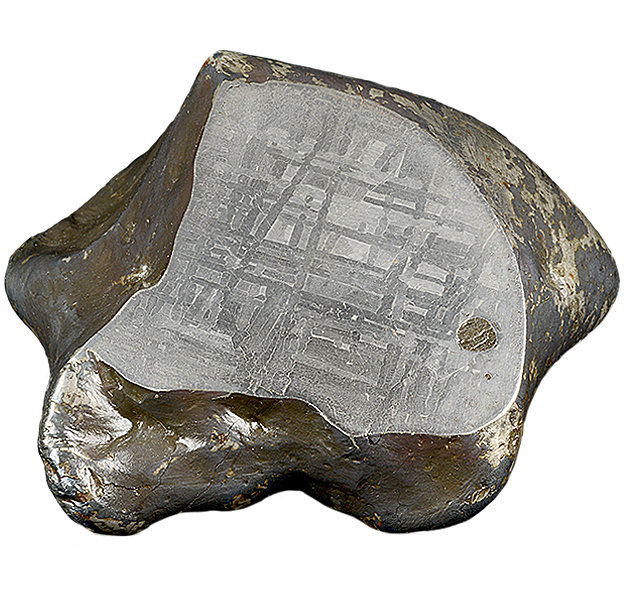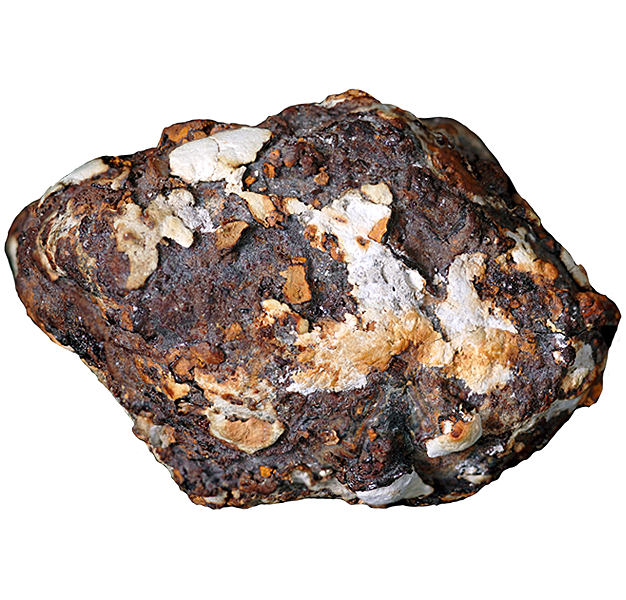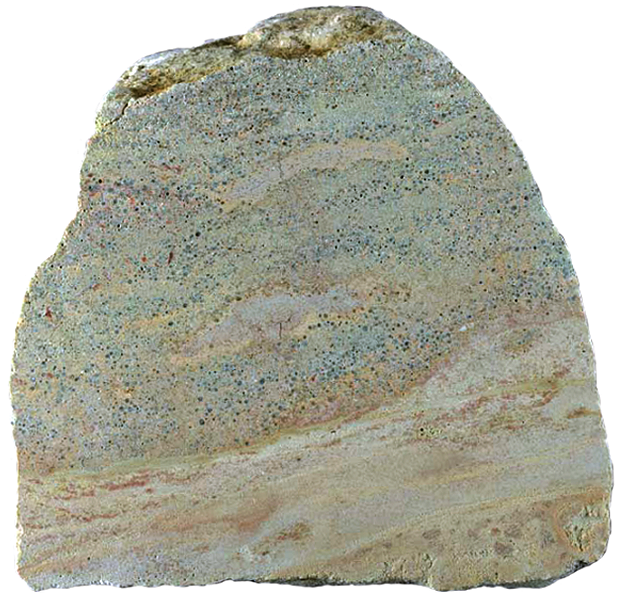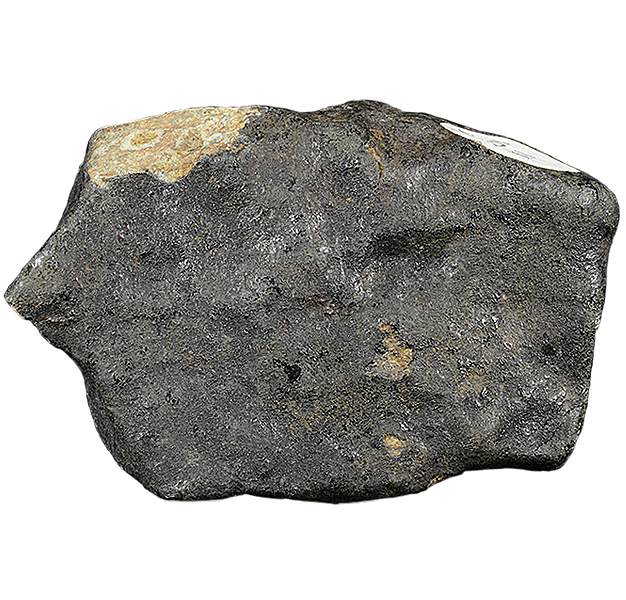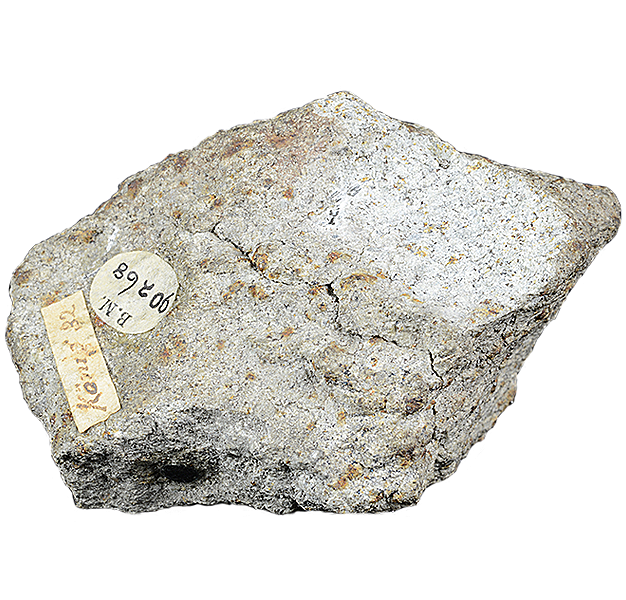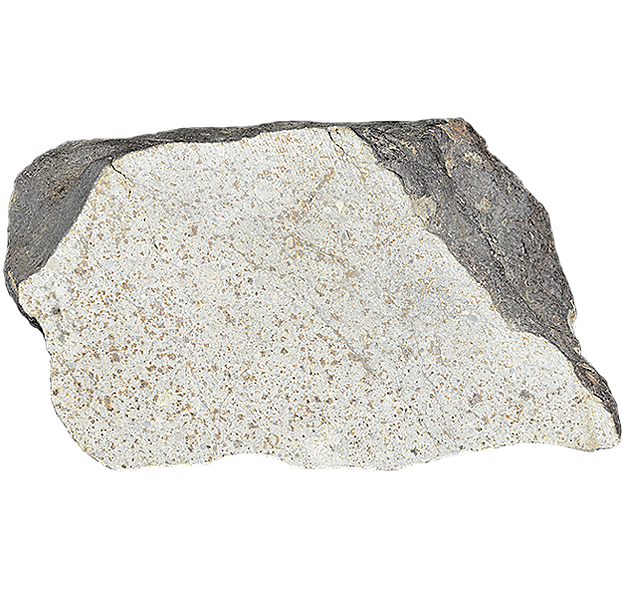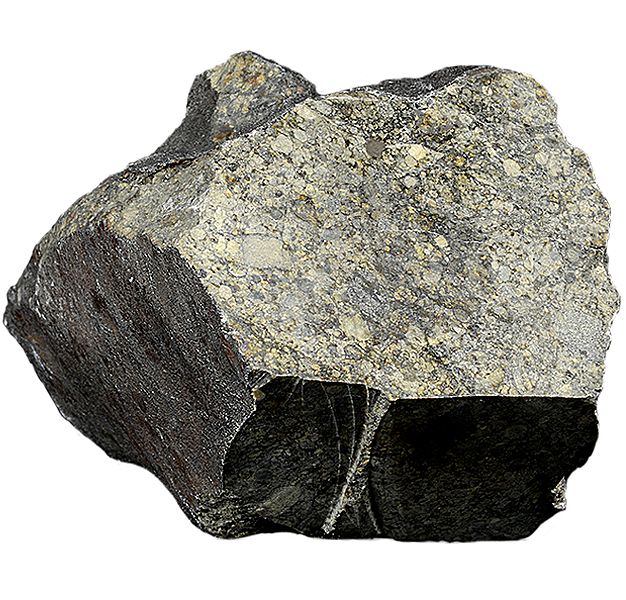
Fact sheet
The Aldsworth meteorite is an ordinary chondrite that fell on 4th August 1835 as a single 0.7 kg stone and a shower of small stones. The meteorite fell about half a mile from the village of Aldsworth, Gloucestershire, England.
The Aldsworth meteorite is classified as an LL4 meaning it has a low iron content (5-10%) and distinct chondrules. Look in PPL to see the rounded features (chondrules) consisting of olivine and pyroxene crystals. See how they have differing textures reflecting their crystallisation from molten droplets before they were accreted to their parent asteroids. View in reflected light to see the metallic iron (silvery grey in colour) which is often associated with the golden yellow sulphide mineral troilite.
See also:
http://www.bimsociety.org/bim1.shtml
http://www.lpi.usra.edu/meteor/metbull.php?code=461
Specimen: BM61308
Thin section:
This Collection consists of meteorites that have fallen in Great Britain and Ireland and which are now preserved in museum collections. We have also included samples of the two known meteorite impact deposits in the UK.
The Natural History Museum in London offers more information about meteorites and meteorite categories; there is more information about its meteorite collections here.

